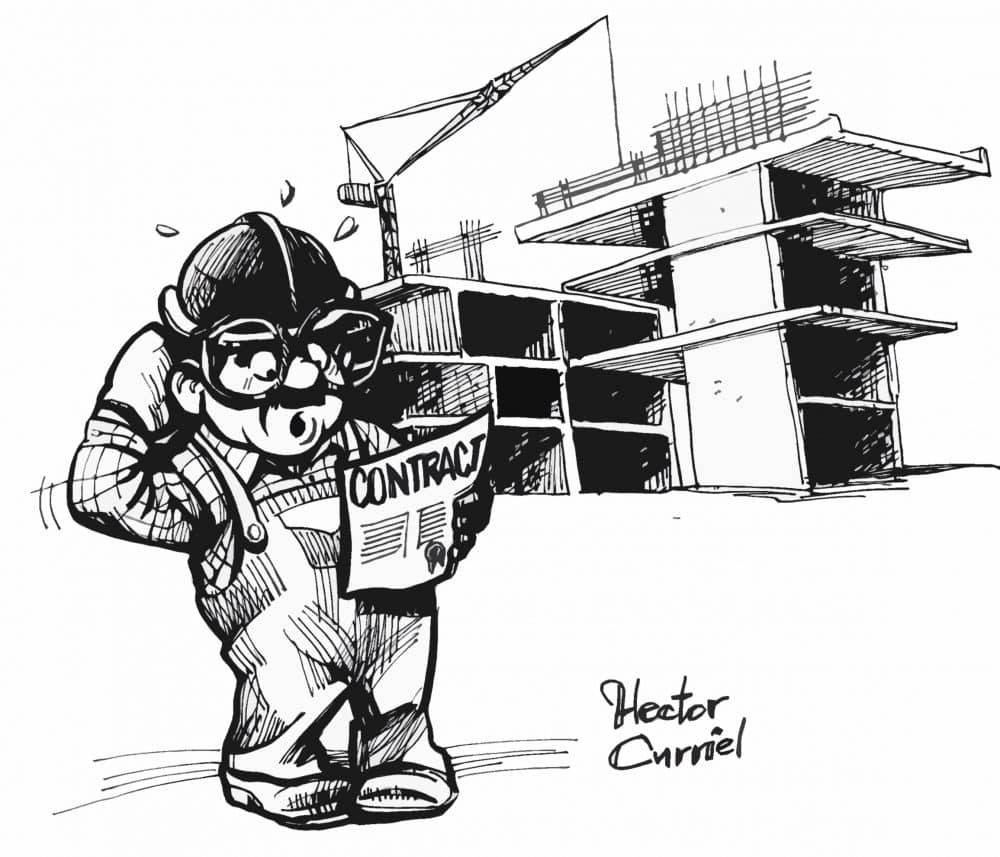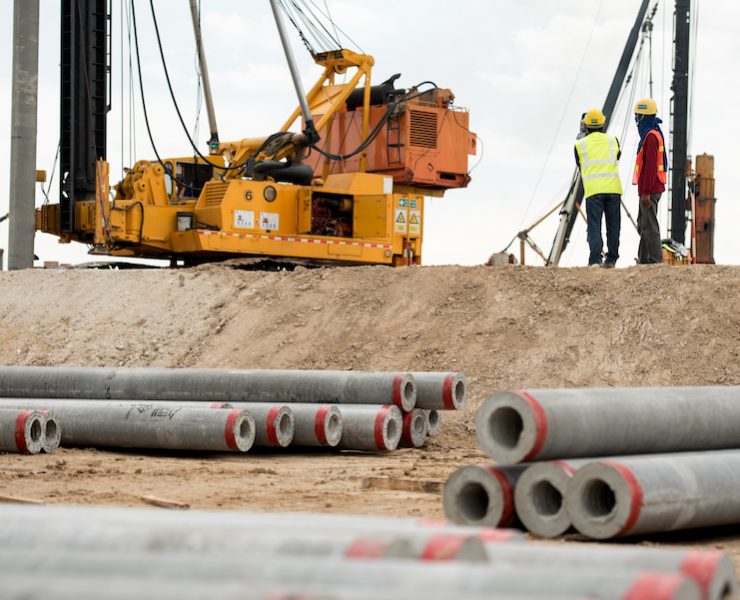Top Ten List of Contract Clauses to Save you, or Bite you


In the disruptive model of the economy — where technology changes formats of doing business or else — the legal industry is at risk of falling behind. More than ever, it is critical to make contract language fit and anticipate the new approaches in cutting age construction agreements. Take for example the fact some hospitals insist that all drawings of record are now electronic, or the design concept recently gaining traction of “Model of Record.” No, that is not a runway model, but a 3D model of a project, including its electronic data, that serves as the core design document and building recipe.
These new models of doing business require new “boilerplate”, new “special conditions”, and a hearty talk with the Board and risk managers. Still, the old, basic contract risk terms will remain. Now, I find myself going to Google first for contract language to fit, before the law books (which of course are on my computer). Why? It’s amazing the contracts published on the web that reveal deep thinking and raw negotiations on big projects — Wynn’s $1 Billion Las Vegas building, or the Princeton University Law Library Project — hundreds of pages of detailed terms on defining cost, time, and quality in very project and bargain specific ways.
Enough preamble. Here are the top ten risk terms to address in your forms, and to watch for in contract templates sent over to sign — usually same day. I recommend handy, “copy and paste” alternates at the ready for quick turnaround, once you select which key risk terms to stick to, and which to yield on:
1. Quality Control – who defines it, what are reference standards, and who decides. Many contracts say what is supposed to happen but are weak on saying who has the referee’s whistle to make the call. Things like “all work and material shall be free of defect and first class” — a clause I use when representing a high end homeowner — or “all work and materials shall evidence good workmanship and meet applicable contract and Code standards” — a more contractor friendly phrase — only help so much. One needs to define if the Project Manager, Owner, Inspector, Architect, or QC is charged with the duty to verify compliance and has or does not have the authority to accept or reject work. Usually there are practices that get built in at the point of a preconstruction process or approved QC submittal. Beware of sentences with passive verb tense, as they never say who does what, and to me, reflect incomplete project delivery instructions.
2. Time, Delay, Time Extensions and Time Costs. Contract clauses in the area of time have a tendency to fall into the story of Goldilocks — one extreme or the other. Either they are too complex and onerous on the contractor, pushing up bid prices needlessly for fear of liquidated damages, or too general to really act as a time management tool itself to execute the work. But a time clause in another party’s form will tell you a lot if they have thought it through, and whether they intend to own time, share time, or look to the Contractor to just “get r’done” and spare me the details. It is always important here to have a clear statement of what a schedule should include, when updates are needed, and what happens if the work falls behind — who bears the cost of time recovery. What are the mechanics and deadlines for requesting time extensions, is bad weather always a time extension or only if unseasonable, who owns the float, etc.
3. Access, Permits and Peripheral Constraints. Many times the lead agency issuing public work plans is also the approval agency from a permit standpoint. But often, there are Army Corps and Fish & Game permits in marine or water based work areas, Water Quality Boards, Traffic Closure and Access Constraints. In projects with heavy equipment and cranes, these impact safety. Just as time is money, time and buffer space equal more safety. Often the design build elements of temporary works such as shoring are thin in informing the contractor what permits are needed before work start. This is often dealt with by early Rfior pre-bid bidder’s questions or at the pre-bid walk through. Who bears the risk of not timely getting the permit is often litigated, when some agency holds up a project start.
4. Changes and Pricing of Changes. Like Time Clauses, Change Order and Claim procedures, (and allowable costs) can run the gamut from “changes must be authorized and in writing” to near novels on what field office and home office overheads, burdens, and mark ups are allowed, and the approval process. Usually these lengthy change terms get ignored on a partnered, trust based project where everyone gets along so the work is not impeded, and change order paperwork follows on as “ratification” of field directives and handshakes. Either way, both the language and the real time protocols in the field need both definition, and constant attention. Often it is said, a contract is something we read when we no longer get along. This is an area where things fall apart when distrust occurs, or the changes begin to bust the budget.
5. Price and Contract Sum Definition. Believe it or not, I must have litigated or arbitrated ten construction disputes where one issue was whether the contract sum or a line item in the contract was lump sum, cost plus fee, unit price, or Time & Materials. Contractors often use the term “cost” to mean “rates I charge” with inadequate explanation. In Public Works there are usually bid line items, not just a single price, so the owner can review it against its own engineer’s estimate and assumptions, and compare who might be front loading, when it comes time to prepare a schedule of values. Know the measuring stick and where you need a built in delta for more footage or quantities without having to get a change order to do it.

















